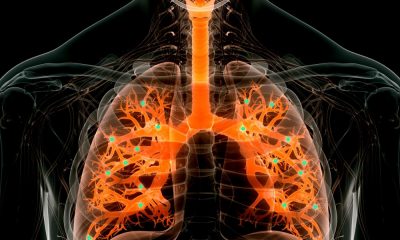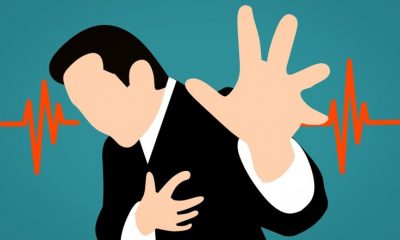Myotonic dystrophy (MD) is a progressive disease that can impair people’s mobility. A team of researchers has now found that regular cycling can actually benefit patients with the condition.
Myotonic dystrophy is said to be the most common type of muscular dystrophy that starts in adulthood, noted the National Library of Medicine. It is characterized by “progressive muscle wasting and weakness.” Other symptoms include cataracts and abnormalities in the electrical signals that control the heartbeat.
There are two types of myotonic dystrophy, marked by mutations in different genes. Although the symptoms can overlap, Type 2 tends to be milder compared to Type 1, according to the National Library of Medicine.
“Myotonic dystrophy type 1 (DM1) is a complex life-limiting neuromuscular disorder characterized by severe skeletal muscle atrophy, weakness, and cardio-respiratory defects,” said the authors of a new study, published in The Journal of Clinical Investigation.
The disease is “really a form of accelerated aging” and may “put you in a wheelchair,” study senior author Mark Tarnopolsky, of McMaster University, explained in a news release.
Previously, the researchers had found physiological benefits of exercise in mouse models. However, its effects on patients were “unknown,” the researchers added.
For their study, the team recruited 11 genetically diagnosed patients to see how 12 weeks of cycling can help maintain and restore their physical health. They also looked at the “underlying molecular mechanisms” behind the strengthening of the skeletal muscles, which can be “severely weakened” by the disease.
Indeed, the researchers found that cycling for 35 minutes thrice a week during the 12-week period actually led to a whopping 32% increase in the participants’ fitness. They also had a 1.6-kilogram increase in muscle mass, a 2% reduction in body fat, and they were able to walk 47 meters more when they were tested after the 12-week period, the university noted.
“Cycling evoked several clinical, physical, and metabolic advantages in DM1 patients,” the researchers wrote. “With no available cures, our data supports the efficacy of exercise as a primary intervention to partially mitigate the clinical progression of DM1.”
Some MD patients are advised not to exercise because it may worsen the condition, Tarnopolsky explained. However, the results of the study show that the activity can even yield benefits.
“Exercise really is medicine — we just need to get the message out,” Tarnopolsky added.
















